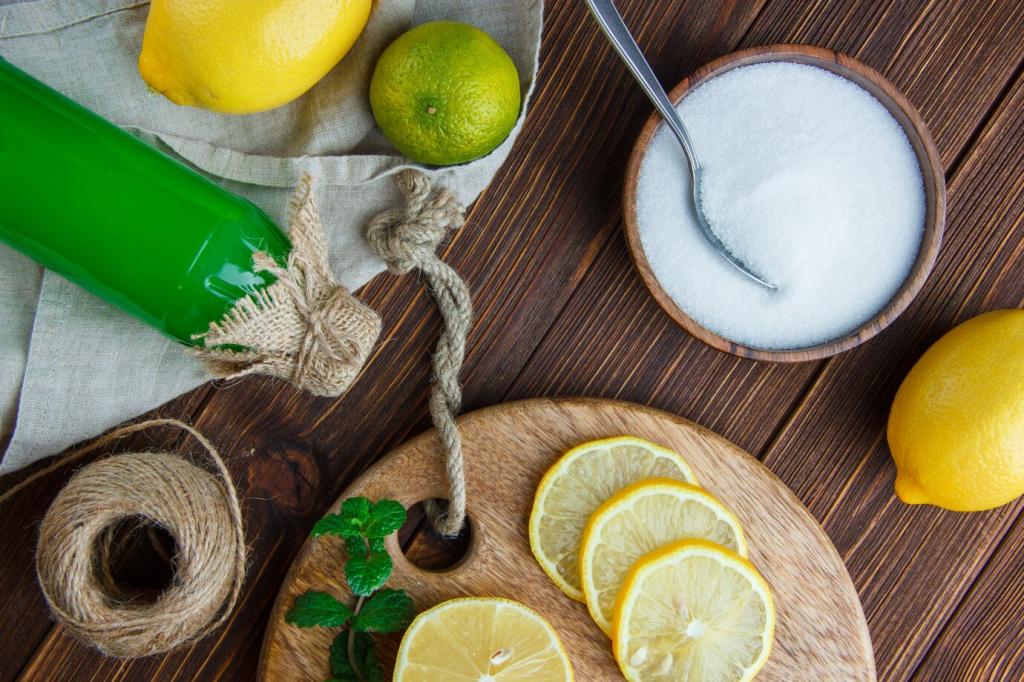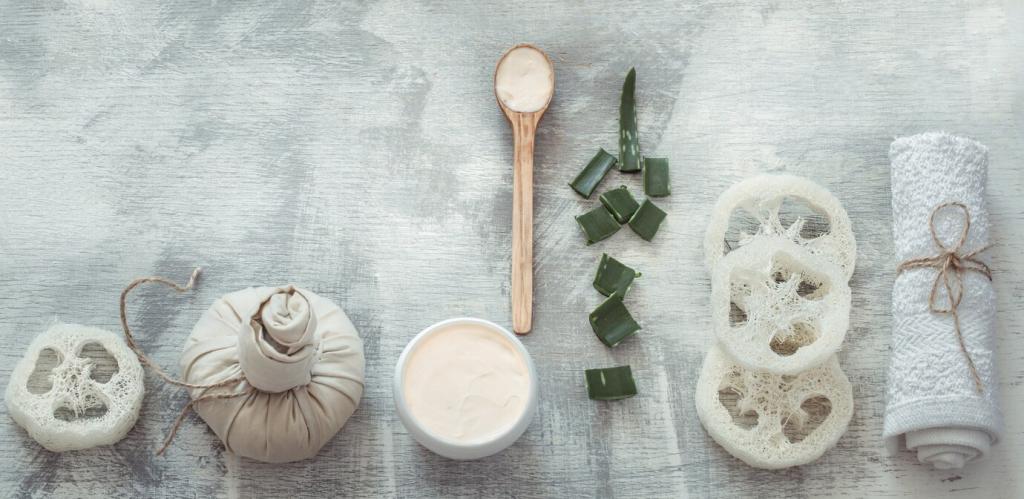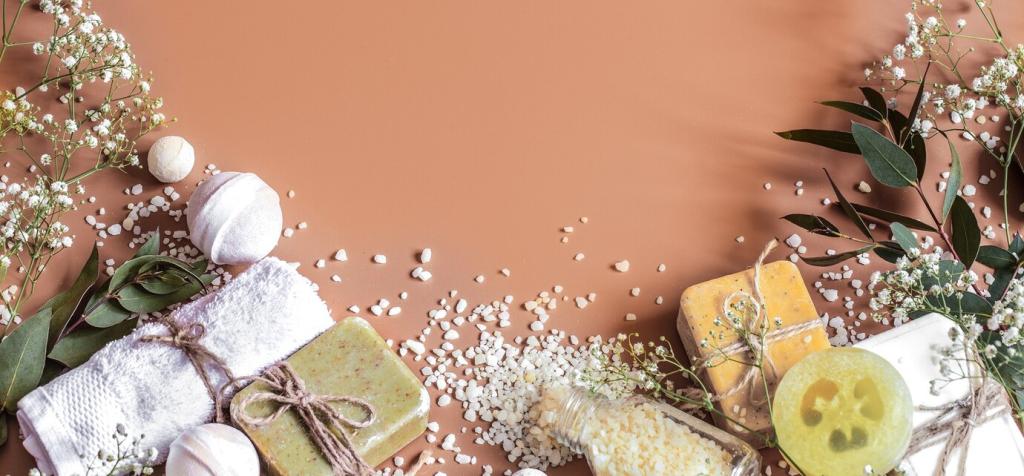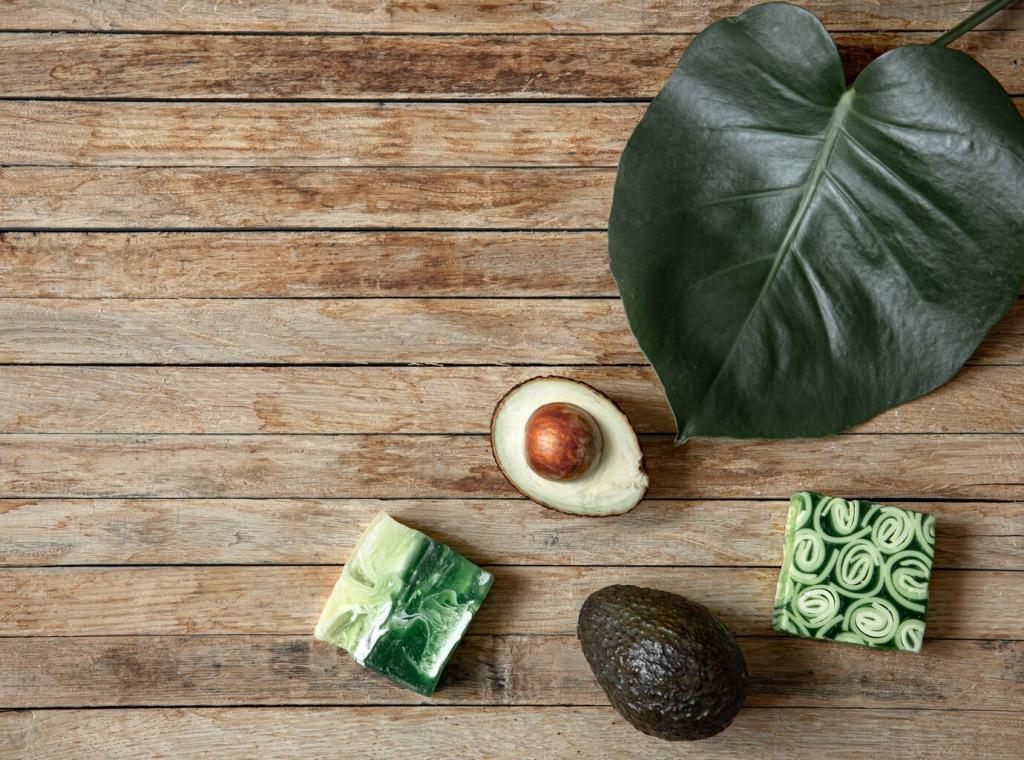Eco-Friendly Furniture Cleaning Recipes
Eco-friendly furniture cleaning is gaining popularity as people become more aware of the impact traditional cleaning products can have on the environment and personal health. Switching to homemade, natural cleaning solutions is a simple yet powerful way to protect both your home and the planet. These green recipes utilize safe, gentle, and easily accessible ingredients that cut through dirt while emitting minimal odors and leaving behind no toxic residues. Explore creative ways to maintain your furniture’s beauty and longevity using sustainable cleaning practices that are cost-effective and environmentally responsible.

The Importance of Green Cleaning at Home
Why Eco-Friendly Cleaning Matters
Traditional cleaning products often contain volatile organic compounds and other harmful substances that can negatively affect respiratory health and exacerbate allergies. By making the switch to eco-friendly cleaning recipes, you not only protect your own health but also prevent these chemicals from leaching into the environment when they’re washed down the drain. Safe, sustainable solutions are beneficial for both indoor air quality and outdoor ecosystems, fostering a well-rounded sense of well-being in your living space and beyond.
Common Harmful Chemicals to Avoid
Many commercial cleaners list ingredients like ammonia, chlorine, and synthetic fragrances, which can trigger asthma, skin irritation, or more severe health issues over time. These chemicals do not easily break down after use and can accumulate, causing damage to soil and aquatic life. Understanding the dangers of these substances is the first step to making conscious decisions about the cleaners you bring into your home and ensuring your cleaning routine supports long-term wellness for people and the environment.
Environmental Impact of Cleaning Choices
The collective impact of conventional cleaning products on our planet is immense. Plastic packaging, non-biodegradable substances, and toxic run-off all contribute to pollution. Every choice to use natural ingredients and reusable materials lessens this footprint, paving the way for cleaner waterways, less landfill waste, and a reduced carbon footprint. Eco-friendly furniture cleaning isn’t just a trend—it’s a meaningful action that benefits your household and the environment as a whole.
Safely Cleaning Wood Furniture
Gentle Citrus Spray for Shine
Harnessing the natural oils and acids found in citrus fruits, a homemade citrus spray offers gentle cleaning and subtle, uplifting fragrance for wood surfaces. Lemon or orange peels can be steeped in white vinegar to create a potent, natural cleaner that dissolves grime and restores luster to your furniture. This solution is ideal for regular dusting and cleaning, as it provides antibacterial qualities while avoiding the dulling effect of commercial sprays. Simply spritz and wipe with a soft cloth, noticing how your wood regains its original shine.
Nourishing Olive Oil Polish
Olive oil, combined with a splash of lemon juice or vinegar, makes a nourishing polish perfect for preventing wood from drying and cracking. This mixture penetrates the grain, providing moisture and a light protective coating without greasy residue. It’s a simple yet highly effective method to revive dull finishes and highlight unique patterns in the wood. By making your own oil-based conditioner, you avoid the silicones and artificial fragrances found in many store-bought polishes, ensuring your furniture is both beautiful and healthy.
Tackling Tough Stains Naturally
For those stubborn spots and water rings, baking soda mixed with a little water forms a gentle paste that can lift marks without scratching or damaging the wood surface. This natural abrasiveness helps to remove set-in stains while allowing you to retain control over how much pressure is applied. Afterward, a touch of olive oil or beeswax can help restore and protect the finish. Eco-friendly spot treatments like this can extend the life of your wood furniture, keeping it beautiful for generations.
Reviving Upholstered Furniture Sustainably
A homemade fabric freshener made from distilled water, a splash of vodka, and a few drops of essential oils can quickly neutralize odors trapped in upholstery fibers. The alcohol content helps evaporate moisture rapidly, reducing the risk of mildew, while the essential oils provide a gentle, customizable scent. Regular use of this spray will keep couches, armchairs, and pillows smelling clean and inviting without synthetic perfumes or irritants.
Caring for Leather the Green Way
A blend of natural beeswax, coconut oil, and a few drops of essential oil creates a rich, moisturizing cream that feeds your leather. Applying this conditioner with a soft cloth adds shine and flexibility, helping the leather resist daily wear and tear. This DIY approach avoids mineral oils and synthetics, which can eventually deteriorate leather fibers, ensuring your valued pieces stay supple and vibrant while being kind to the earth.
A simple solution of equal parts white vinegar and water makes an effective leather cleaner that cuts through dirt without stripping natural oils. Lightly dampen a soft cloth with the mixture and wipe the leather’s surface in gentle, circular motions to lift debris and minor stains. This eco-friendly cleaner is especially useful for removing grime from frequently touched areas such as armrests and headrests, maintaining clean and hygienic contact points.
Leather pieces in humid environments are prone to mildew and mold, which can damage both appearance and structure. A natural combination of rubbing alcohol and water can stop mold in its tracks when applied judiciously to affected areas. Promptly treating leather with this solution, followed by thorough drying and conditioning with a natural cream, ensures your furniture stays clean and mold-free without resorting to harsh biocides or fungicides.

Green Solutions for Outdoor Furniture
Natural All-Purpose Outdoor Cleaner
A diluted solution of vinegar, water, and a touch of baking soda can clean most outdoor surfaces, from plastic to metal and wood. This mixture removes bird droppings, pollen, and algae without harming the surrounding plants or water sources. Its versatility makes it a go-to option for routine maintenance, effectively dissolving stubborn grime while being safe for both your family and the environment.
Mold-Fighting Tea Tree Spray
Tea tree oil’s natural antifungal properties make it an excellent choice for preventing and eliminating mildew on outdoor furniture. Mixed with water and a little gentle dish soap, this spray tackles mold growth on cushions, umbrellas, and even wooden surfaces. Regular application keeps your outdoor living areas fresh and safe, minimizing the need for chemical-based treatments that can have lasting negative effects on your garden and beyond.
Safe Rust Removal for Metal Furniture
Rust can quickly diminish the appeal and integrity of metal outdoor furniture. An eco-friendly rust remover utilizes lemon juice combined with salt to naturally dissolve rust spots. After allowing the mixture to sit and scrubbing with a soft brush, the affected area can be wiped clean and dried. This natural process avoids harsh acids and protects both your metal surfaces and the surrounding ecosystem from unnecessary chemical exposure.
DIY Eco-Friendly Scent Boosters
Herbal sachets made with dried lavender, rosemary, or mint can be tucked into drawers, closets, or between sofa cushions to impart a subtle, relaxing fragrance. These sachets not only scent the air naturally but can also help deter pests like moths. Refreshing them is as simple as replacing the contents, ensuring your home smells inviting and garden-fresh without introducing chemical-laden products.

All-Purpose Natural Cleaning Staples
Baking Soda: A Versatile Hero
Baking soda’s natural abrasiveness and deodorizing powers make it indispensable for tackling a wide range of cleaning challenges. It’s gentle enough for delicate fabrics yet powerful on grease and grime when lightly scrubbed onto surfaces. Beyond odor control, it softens water, boosts soap effectiveness, and can be mixed with various liquids for an endless array of cleaning uses. Keeping baking soda on hand ensures you’re equipped for almost any spill or stain in an eco-friendly way.
Vinegar: Nature’s Disinfectant
White vinegar offers remarkable cleaning, disinfecting, and deodorizing properties that cut through dirt and mineral deposits without leaving lingering scents or residues. Its acidic nature dissolves scale, neutralizes odors, and sanitizes surfaces, making it an excellent foundation for both targeted and all-purpose cleaning solutions. With its affordability and accessibility, vinegar is a staple ingredient, providing peace of mind that you’re cleaning safely and sustainably every time.
Castile Soap: Natural and Effective
Castile soap, derived from olive oil or other vegetable oils, is a gentle yet highly effective cleanser that lifts grime from a variety of furniture surfaces. It produces natural suds without the harmful chemicals found in conventional soaps and can be paired with essential oils, baking soda, or vinegar for customized cleaning power. Its biodegradable formula guarantees that your cleaning routine remains as kind to the planet as it is to your furnishings.
Sustainable Habits for Long-Lasting Results

Preventive care is essential for keeping furniture looking its best and minimizing the need for intensive cleaning. Using coasters, covers, and regular dusting with microfiber cloths reduces buildup and protects surfaces. Small daily habits add up over time, preserving your investment and reducing resource consumption. Eco-friendly cleaning is most effective when paired with ongoing maintenance practices that promote cleanliness and durability.
